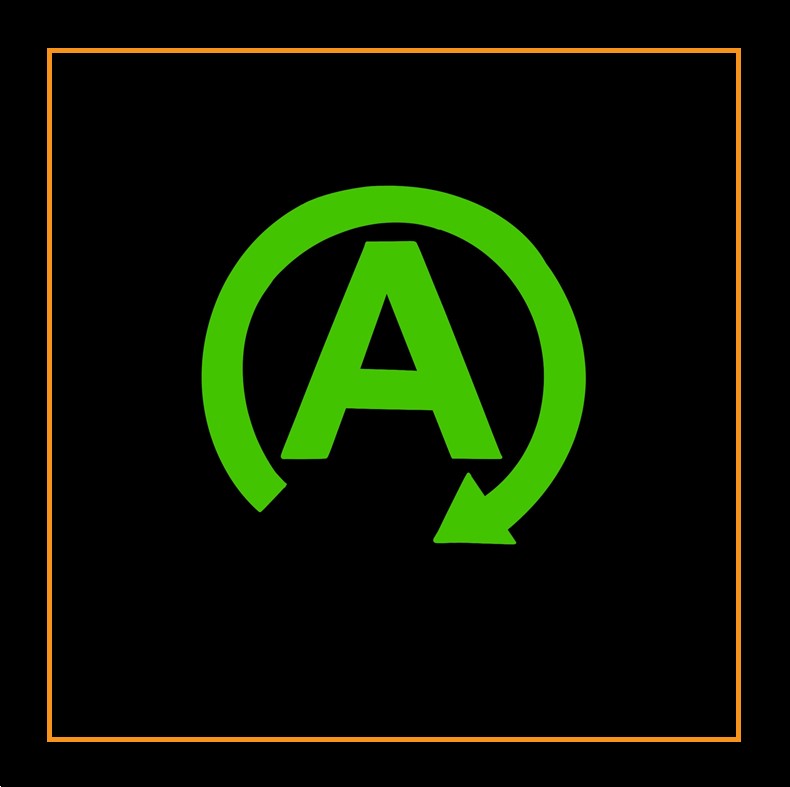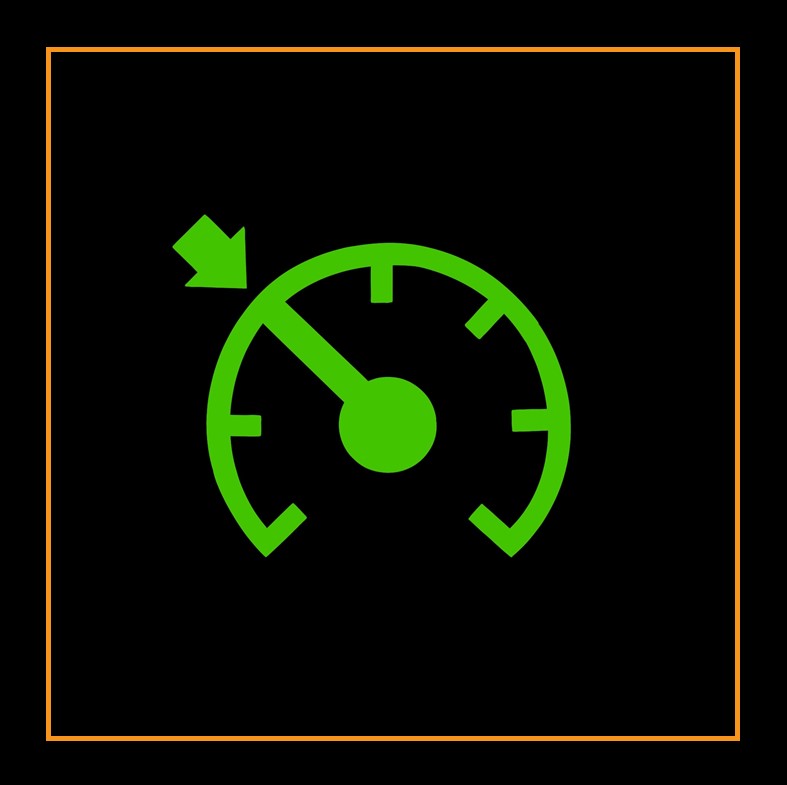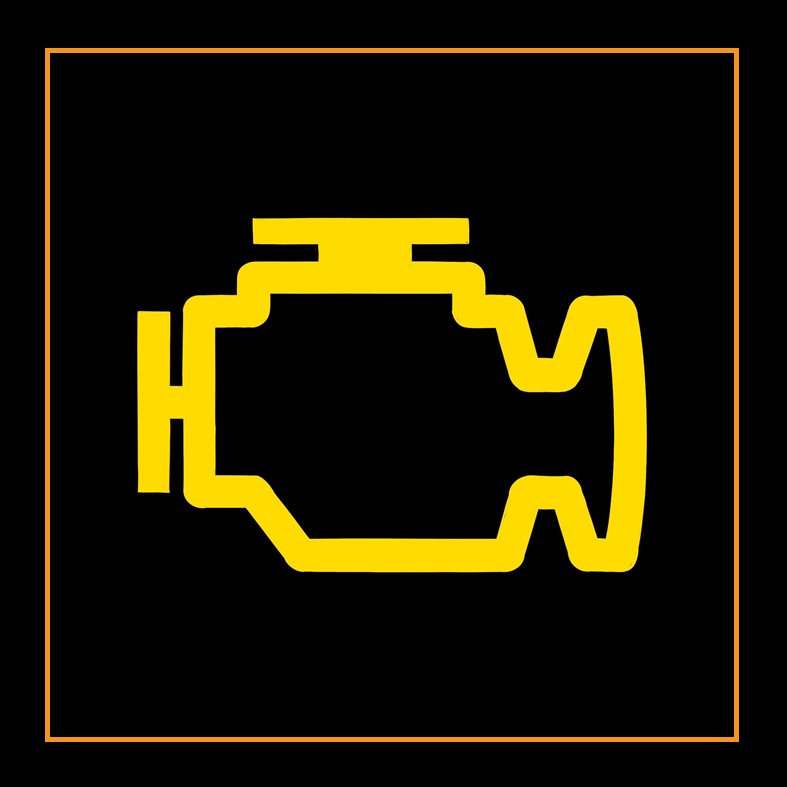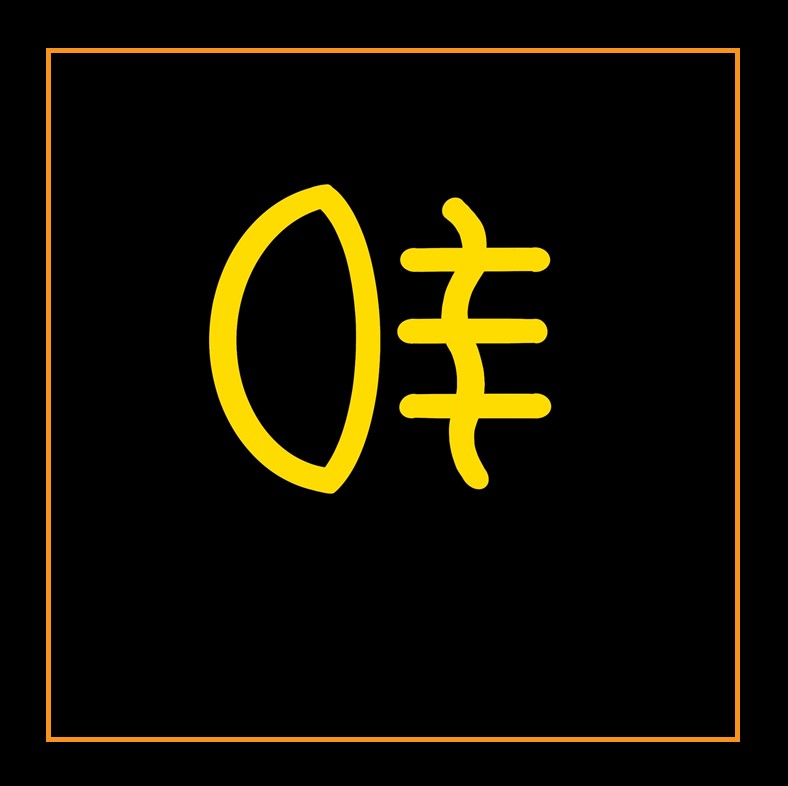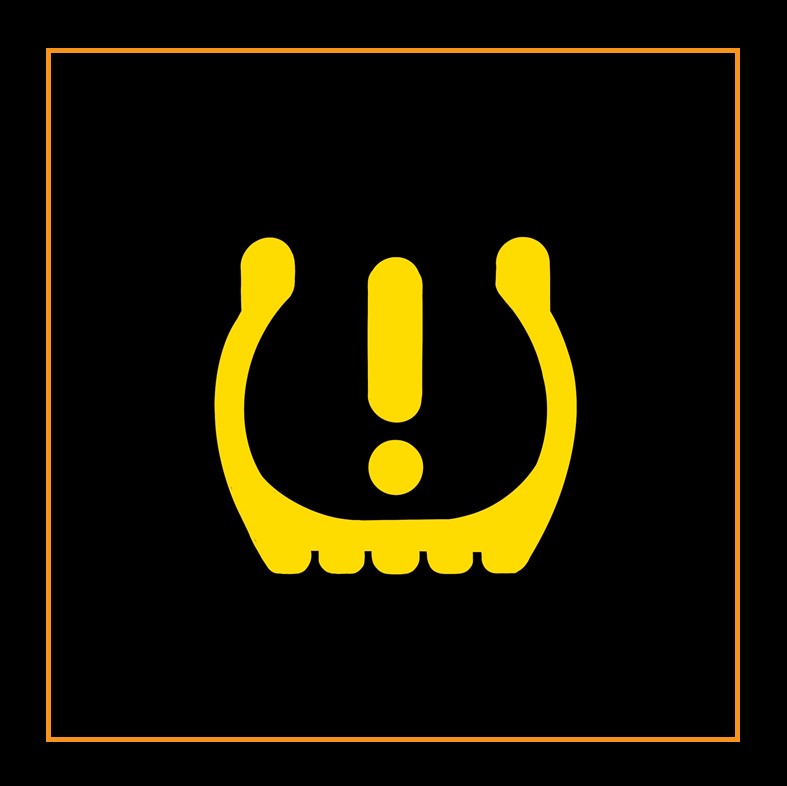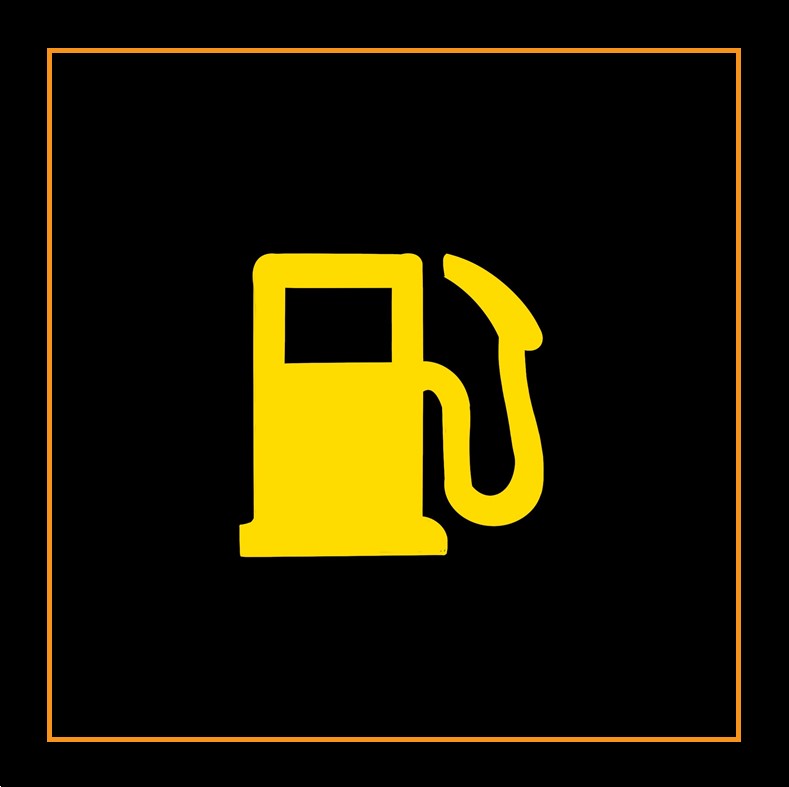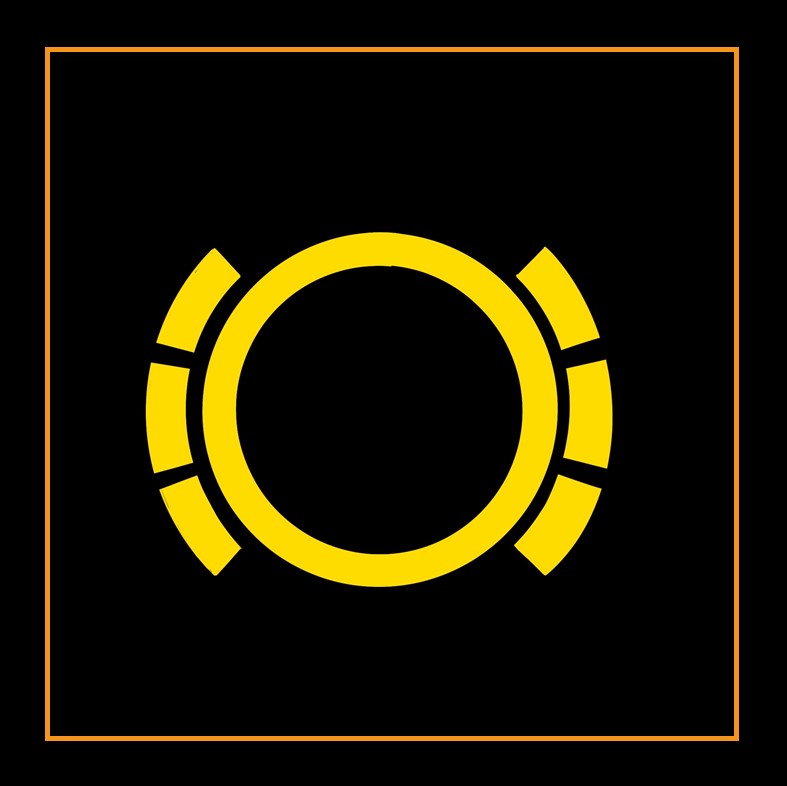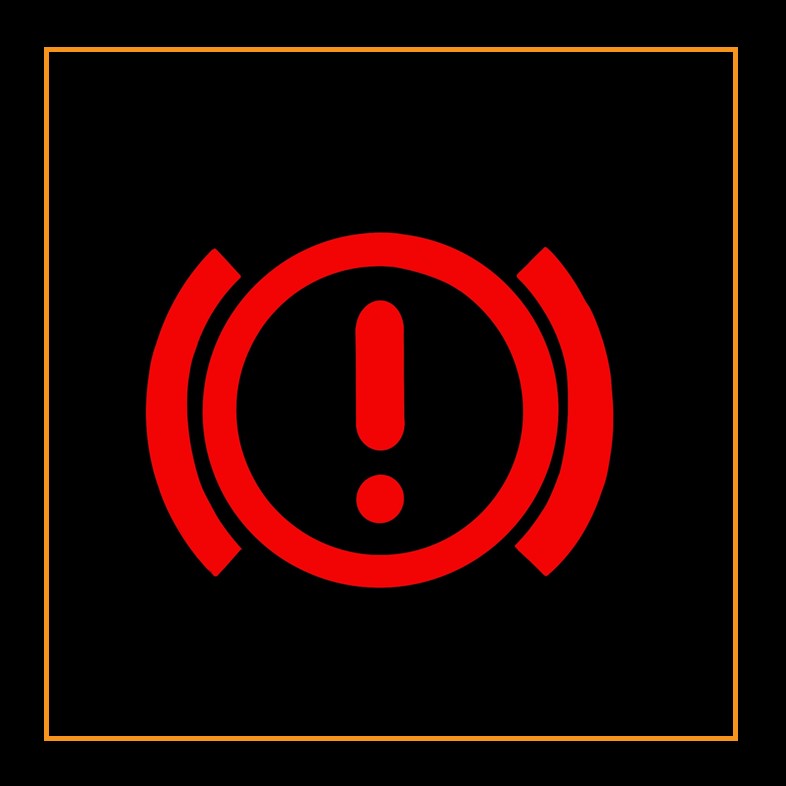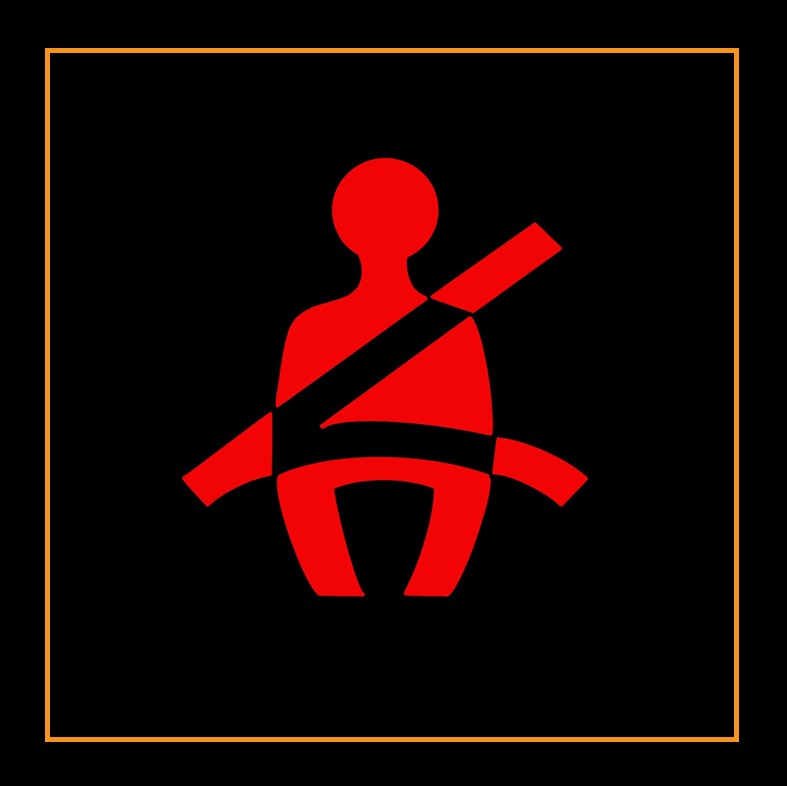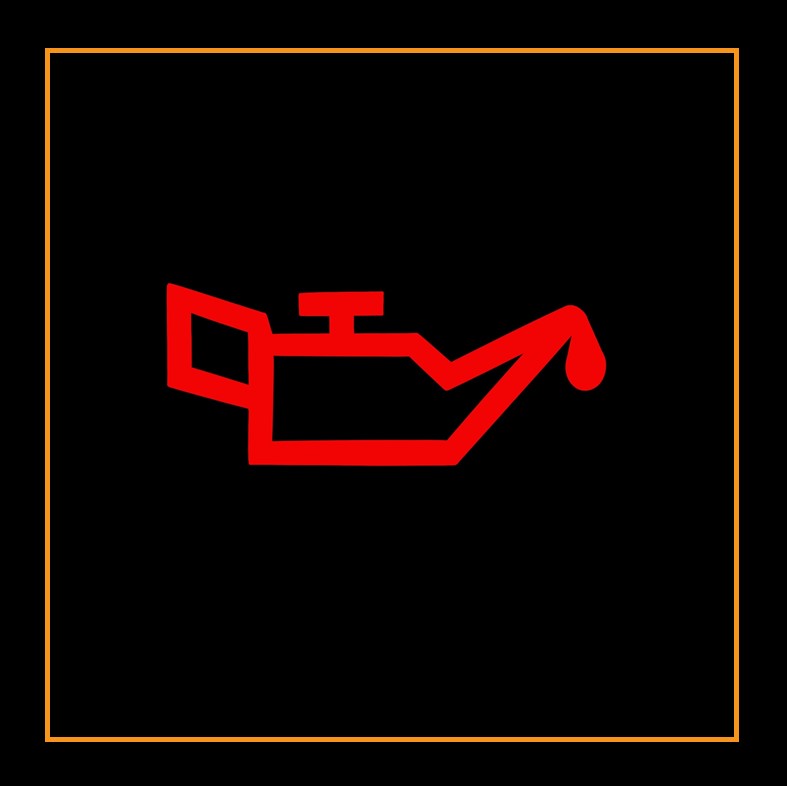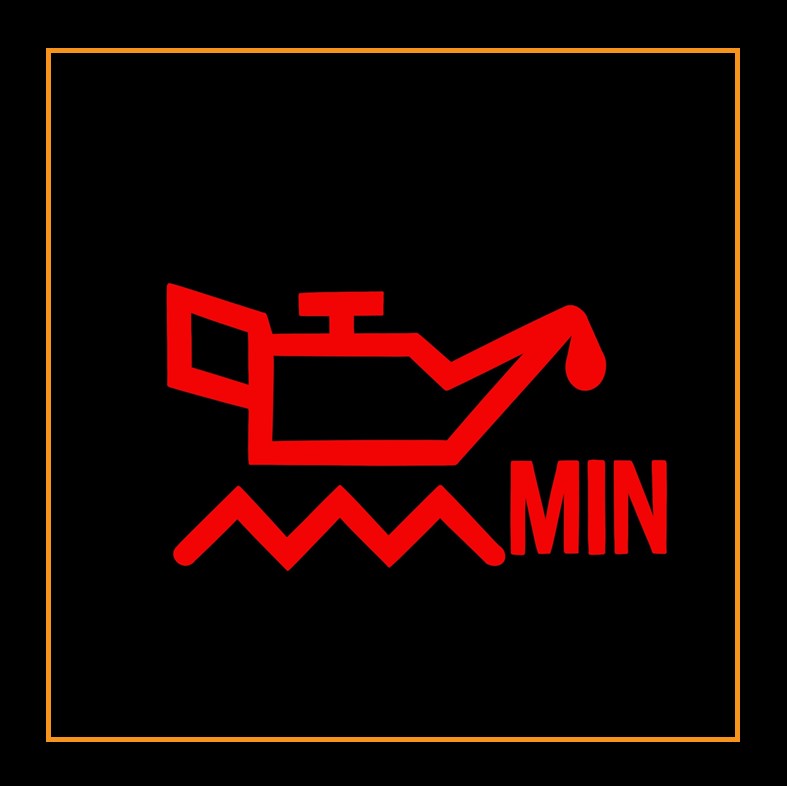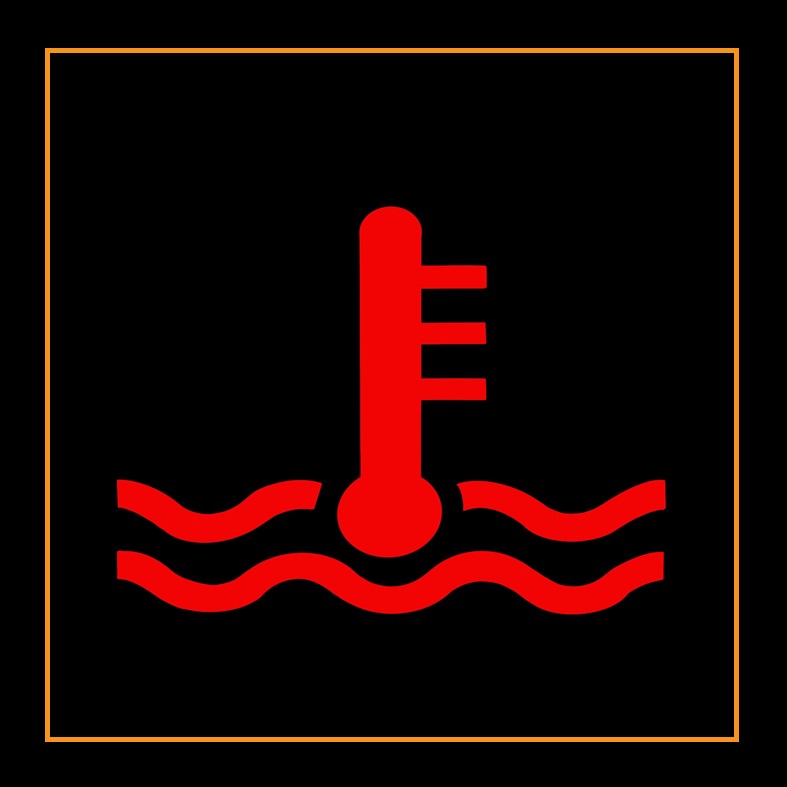The indicator lights in the car and their meaning
Control lamps in cars, also called warning lights, have been with us for several decades. With new technology and increasingly modern assistance systems, however, a number of new symbols have been added in recent years. If it lights up in the dashboard while driving, you may feel insecure and wonder what the warning light is all about. Here we present the different indicator lights and their meanings. First of all: Not every warning light in a car means danger directly. For this reason they are divided into different colours:
- Red indicator light: Warning, immediate stop and check is required.
- Orange/yellow indicator light: Should be checked as soon as possible, should be understood as a warning.
- Green indicator light: Functional or switched on, no action required.
- white: Note, recommendation.
- blue: The high beam is switched on.
Red indicator lights in the car usually always mean that there is a malfunction or defect. A yellow indicator light may be defective, but does not have to be. Some indicator lights can also have several meanings. For example, the warning light for ESP. If it flashes, then it is currently active. However, if it lights up continuously, this means that it is switched off or has a fault. Even though the symbolism may vary slightly between manufacturers, the symbols usually have recognition value. Shapes and colours are largely uniform. In the following, we present the most common dashboard warning lights.
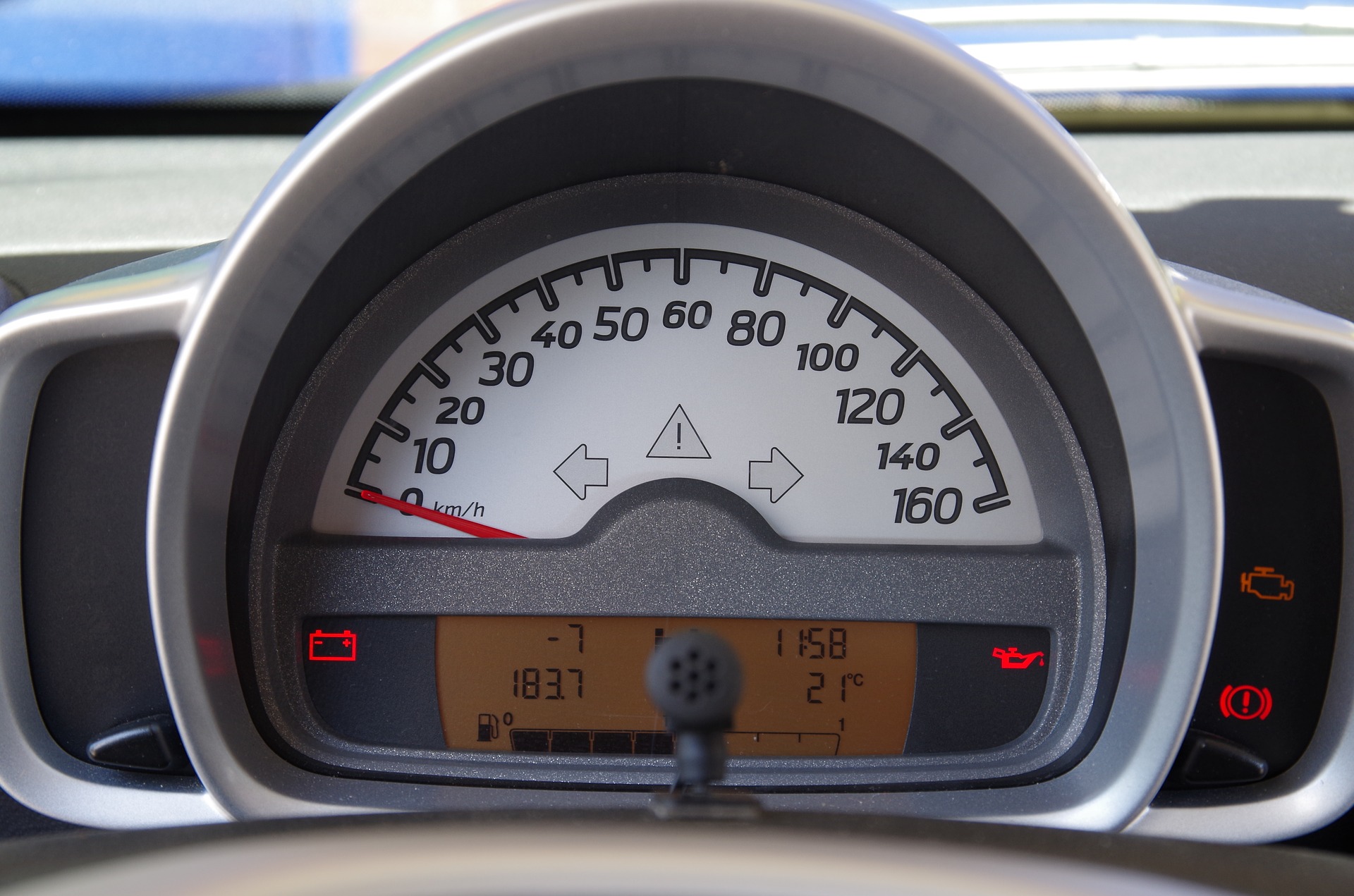
An overview of the most important indicator lights on the car
- Green indicator lights
Start-Stop: This symbol indicates that the vehicle's start-stop system is switched on. When you release the brake or clutch, the engine starts again. It will also sometimes start again on its own if the battery is overcharged. This can happen, for example, when you are driving short distances in winter with a cold engine, waiting at traffic lights and, among other things, having the radio and heating switched on. Either the automatic start-stop system does not work yet and the engine continues to run at the traffic lights or the engine is switched on again sooner.
speed control: This symbol lights up when a speed has been set in the cruise control, also called cruise control. To stop, briefly press the brake or use the corresponding button or lever.
- Orange or yellow indicator lights
Control lamp preheating system: In the case of diesel vehicles, it indicates that the engine is preheating. The engine can be started as soon as this indicator light in the instrument panel goes out. If it illuminates or flashes while driving, the car should be checked. Among other things, this may indicate an exhaust gas recirculation problem. In the past, preheating took up to a minute - in the new diesel vehicles, the process takes place mostly unnoticed by the driver and even diesel drivers can start almost immediately.
Problems with the engine control: The probably best known warning light is the engine control light. If it lights up in the dashboard, you should refrain from accelerating too fast and have the vehicle inspected in a workshop as soon as possible.
The rear fog light: is switched on. Attention: In Germany this is only allowed if the visibility is less than 50 meters. Then you are not allowed to drive faster than 50 h/km. The same symbol is also available mirrored in green. This means that the
fog lights in front are switched on. These are not standard in all vehicles, but can be retrofitted.
Airbag indicator light: This warning light on the car indicates a malfunction of the airbag or belts. However, it also illuminates if the passenger airbag has been deactivated because of a child seat. This symbol therefore also has two meanings.
Tyre pressure monitoring system: The
tyre pressure sensors (RDKS, mandatory for new cars from 01.11.2014) report low tyre pressure. Here you should check at the next petrol station and pump up air if necessary. If the warning light lights up directly after a tire change, there may also be a calibration error and would therefore be harmless. This would have to be corrected at the workshop.
ESP: The Electronic Stability Program (ESP) reports when the road is slippery. If it flashes, you should slow down, steer carefully and adjust your speed. If the warning light is permanently lit, contact a workshop.
The tank lamp: The remaining range is approx. 30 - 50 kilometres, depending on the vehicle manufacturer. On motorways it is recommended to keep an eye on the fuel level and to drive to a petrol station before the indicator light comes on. This is the only way to be prepared should you unexpectedly get stuck in a traffic jam. In addition, petrol stations on the motorway are generally at least 50km apart. Especially e-car drivers should plan their stops for longer journeys carefully, as not every petrol station has charging stations. If they stop due to a lack of fuel or electricity, they are also a traffic obstruction and will be fined.
brake pads: This warning light on the car indicates worn
brake pads. They should be checked in the near future and replaced if necessary.
- red indicator lights
brake indicator light: This red symbol lights up in the instrument panel when the handbrake is applied. If it is also illuminated after the handbrake is released, there is a risk that the brake system is not functioning properly. Either the vehicle has too little
brake fluid, or the
brake pads are completely worn out. In this case you should stop immediately and call the breakdown service!
Generator light: This indicator light in the car can also have several meanings. It can indicate that the battery is low, the voltage regulator is faulty, or the
alternator is broken. One reason for this can be a defective
V-belt. Again, you should drive directly to the side and check the V-belt. If it is defective or if the vehicle has electric power steering, then the breakdown service should be called. If the belt is intact, you can carefully drive directly to the next garage.
Safety belt: The symbol indicates that the passenger is not wearing a seat belt. However, it can also be triggered by a heavy object, such as a bag on the passenger seat. In many modern cars, a beep sounds while driving, sometimes increasing in volume until the seat belt is fastened.
Engine oil: This warning light on a car indicates that the oil pressure in the engine is too low. The engine oil level should be checked and topped up if necessary. Also check at regular intervals if the engine is leaking.
lack of oil: Immediately check the engine oil level and top up if necessary, otherwise there is a risk of engine damage. Also look for a possible cause. Is the car losing too much oil? Does an oil pool form under the car or has the car already left an oil spill? For example, a defective
oil pump could lead to a sudden and complete loss of oil. In this case, the fire brigade must be alerted directly, which will absorb the oil trace with oil binding agents. If there is little oil loss, a workshop should be contacted as soon as possible so that the leak can be found and plugged.
Coolant temperature: This indicator light in the car indicates an overheated engine. The engine has not enough
coolant. Again, stop the engine immediately and let it cool down. Additionally fill up with cooling water or, if necessary, water. If the warning light continues to light up, the workshop must be contacted.
Approximately 50 warning lights can be found in every vehicle
There are many more indicator lights in the car, which can vary slightly from car to car. Often the screwdriver also appears as a symbol in the dashboard, indicating that the next service is due. In some vehicles there is also the warning light "STOP". Here you should also stop immediately. There are various reasons for this indicator light. Sometimes it is only a handbrake that is applied. Some warning lights also indicate imminent wear and tear.
For a detailed overview of which indicator lights are in your car and what their meanings are, please refer to the operating manual of your vehicle. It is best to familiarise yourself with them when you buy the car or before a long journey, so that you know exactly what to do in an emergency and can react accordingly.
To avoid surprises by flashing warning lights in the car, you should always check the correct levels of fluids such as wiping water, cooling water, brake fluid and engine oil. The maintenance intervals must also be observed and wearing parts such as the brake pads must be replaced regularly. It is best to use ready-made product packages that are tailored to your vehicle. These include:
Please visit our shop and profit from our low prices. By entering the vehicle data, you will be shown directly the suitable articles. If you have any further questions, you can also contact our customer service by entering the vehicle data.


